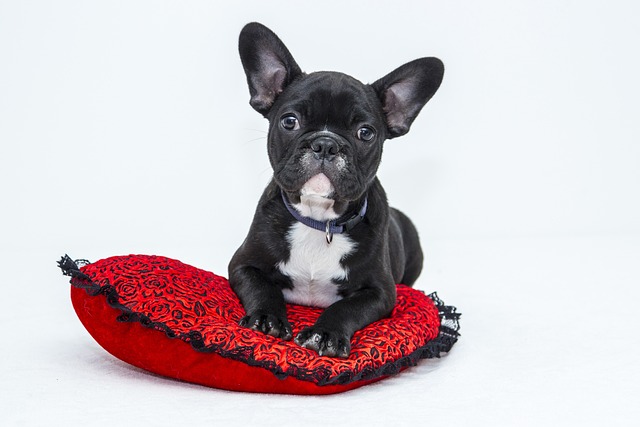
How can I tell if my dog's heatstroke is serious
Let’s be real: It’s a sticky August morning in Los Angeles, and you took your 2-year-old Golden Retriever, Max, for a walk a little later than usual
Hair shedding is a natural process for dogs, but excessive shedding can be frustrating for pet owners. Before trying any new supplements or foods, it’s crucial to understand that sudden changes in shedding patterns might signal underlying health issues. Always consult your vet first—they’ll check for things like allergies, skin infections, or hormonal imbalances that could trigger abnormal shedding.
Diet plays a huge role in your dog’s coat health. Opt for high-quality dog food labeled with AAFCO (Association of American Feed Control Officials) approval, ensuring it meets nutritional standards. Look for formulas rich in omega-3 and omega-6 fatty acids, found in ingredients like salmon, flaxseed, or krill oil. These healthy fats not only reduce inflammation but also promote shiny, less brittle coats.
Supplements can be game-changers, but tread carefully. Fish oil capsules are popular for their omega fatty acids, but make sure they’re specifically formulated for dogs—human versions might lack proper dosages or contain harmful additives. Probiotics also help improve gut health, allowing better nutrient absorption that benefits your dog’s skin and fur. Always follow package instructions or your vet’s advice to avoid over-supplementing.
 In addition to internal changes, external care matters too. Regular brushing with the right tools makes a difference. Slicker brushes work well for long-haired breeds, while short-haired dogs benefit from rubber curry combs that lift loose hair. Bathing your dog with a moisturizing, hypoallergenic shampoo can soothe dry skin and reduce flaking, but don’t overdo it—frequent baths strip natural oils and can worsen shedding. Stick to once every 4-6 weeks unless your vet recommends otherwise.
In addition to internal changes, external care matters too. Regular brushing with the right tools makes a difference. Slicker brushes work well for long-haired breeds, while short-haired dogs benefit from rubber curry combs that lift loose hair. Bathing your dog with a moisturizing, hypoallergenic shampoo can soothe dry skin and reduce flaking, but don’t overdo it—frequent baths strip natural oils and can worsen shedding. Stick to once every 4-6 weeks unless your vet recommends otherwise.
Treats aren’t just rewards; they can also support coat health. Look for natural options like dehydrated salmon bites or sweet potato chews, which often contain hair-friendly nutrients. Avoid products with artificial colors, flavors, or fillers that might upset your dog’s stomach. Just remember to factor treats into your dog’s daily calorie intake to prevent weight gain, as obesity can exacerbate shedding issues.
While managing shedding at home, stay informed about local regulations regarding pet products. Some areas have strict rules about ingredient sourcing, labeling requirements, or even restrictions on certain supplements. Buying from reputable pet stores or brands with transparent manufacturing processes helps ensure you’re staying compliant and providing safe products for your furry friend.
With consistent care and the right approach, you can minimize your dog’s shedding and enjoy a cleaner home. Remember, every dog is unique, so it might take some trial and error to find the perfect combination of diet, supplements, and grooming. But the effort pays off when you see your dog’s healthy, glossy coat—and spend less time vacuuming!

Let’s be real: It’s a sticky August morning in Los Angeles, and you took your 2-year-old Golden Retriever, Max, for a walk a little later than usual

You're enjoying a summer afternoon at the park when you notice your dog has stopped panting and appears disoriented - their gums are bright red

Let’s paint the picture: You’re in your Denver apartment, watching your 4-year-old Boston Terrier, Ruby, plop down mid-play session with her favorite toy

Many dog owners notice their pets nails seem shorter after regular walks,but how much does this daily activity actually help?The answer depends on where you walk—concrete sidewalks or asphalt streets gently file nails as a dog's paws hit the ground

Most dog owners notice their pup scooting across the carpet at some point, but few connect it to impacted anal glands. These small sacs near a dog’s rectum secrete a scent for marking territory

Most vets agree that regular dog teeth cleaning is key to avoiding painful dental issues later. For healthy adult dogs, a professional cleaning at the vet’s office every 12 to 18 months usually works well.